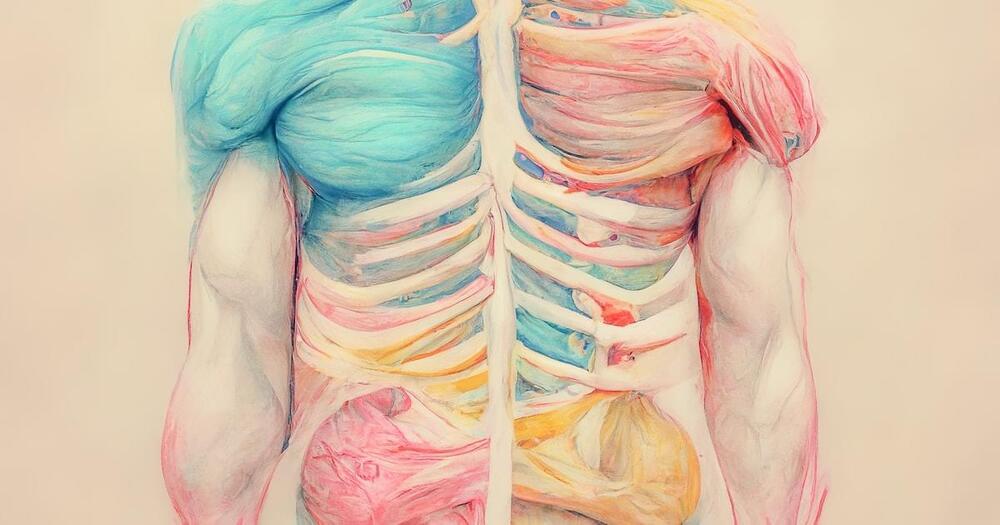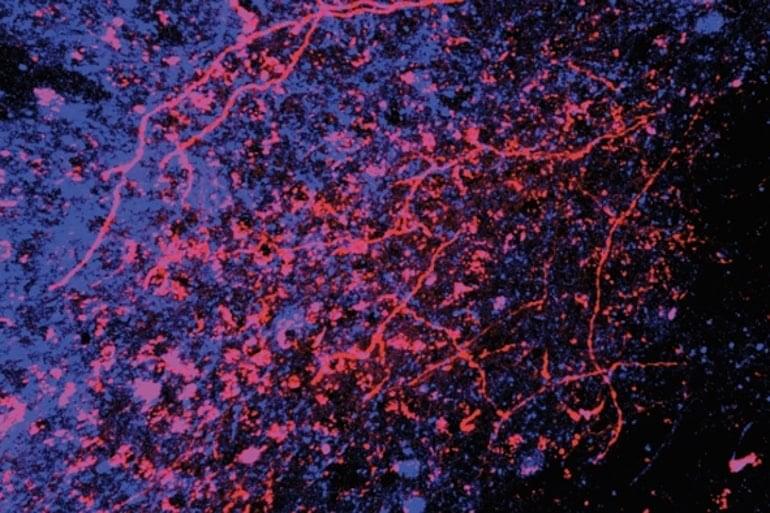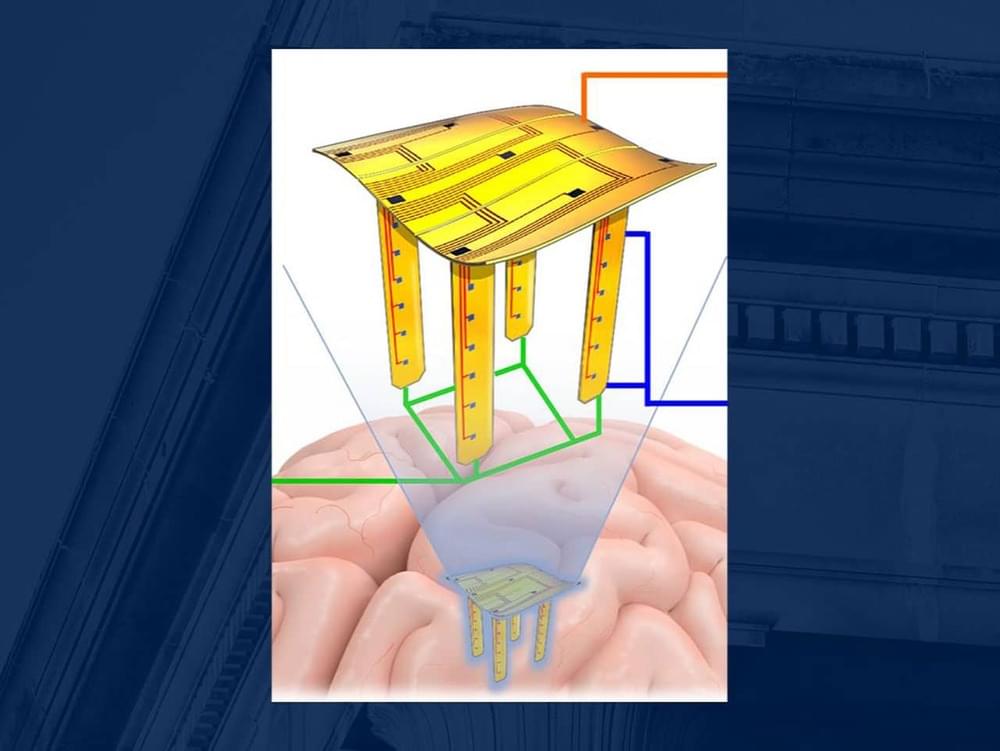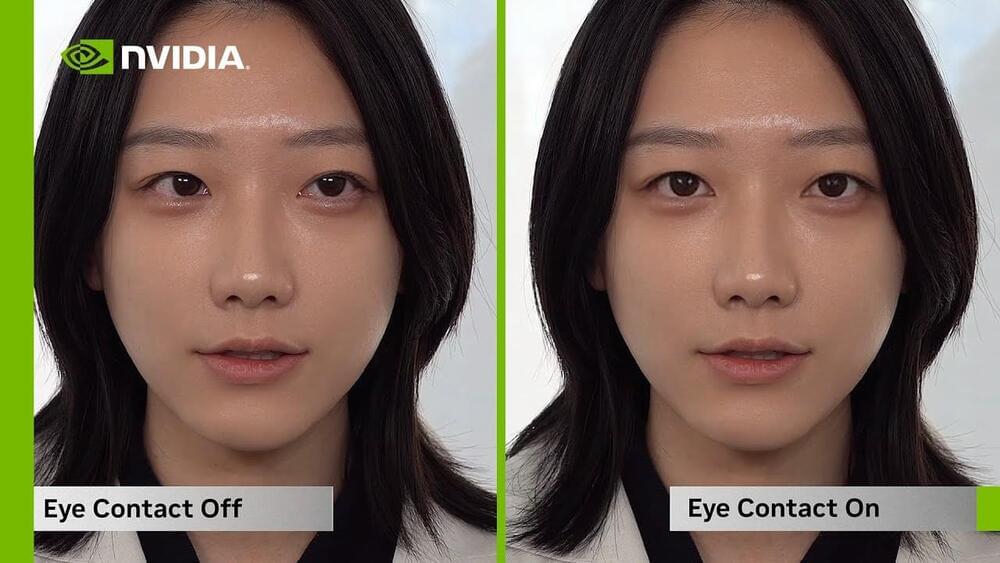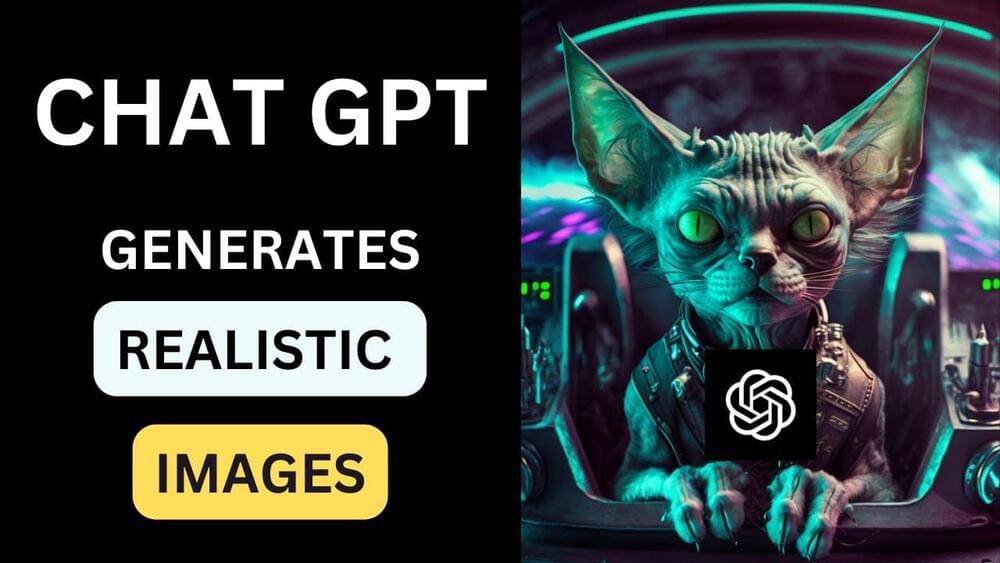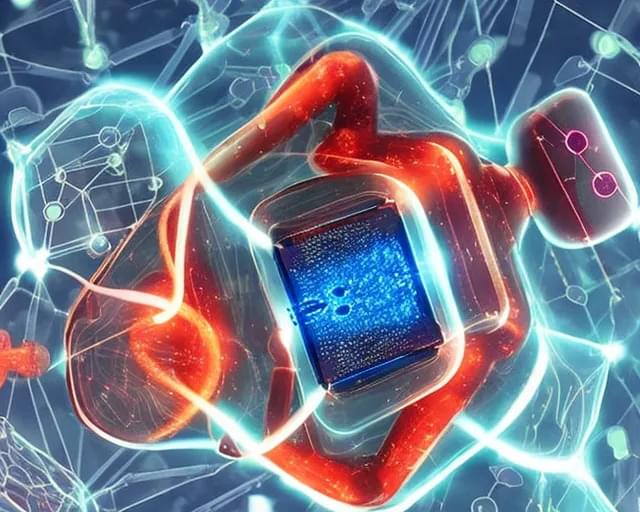
Out solar system will soon be getting a new explorer, as a mission to study the moons of Jupiter readies for launch.
The European Space Agency’s Jupiter Icy Moons Explorer mission, or JUICE, is scheduled for launch in just a few months’ time, so the spacecraft is now being packed up at its testing location in Toulouse, France, for transport to its launch location in French Guiana.
The spacecraft recently went through its final round of testing, including a thermal vacuum test to ensure it can handle the cold temperatures of space, and the system validation test in which the immediate steps after launch are simulated, like the deploying of booms and arrays that will happen in space.
